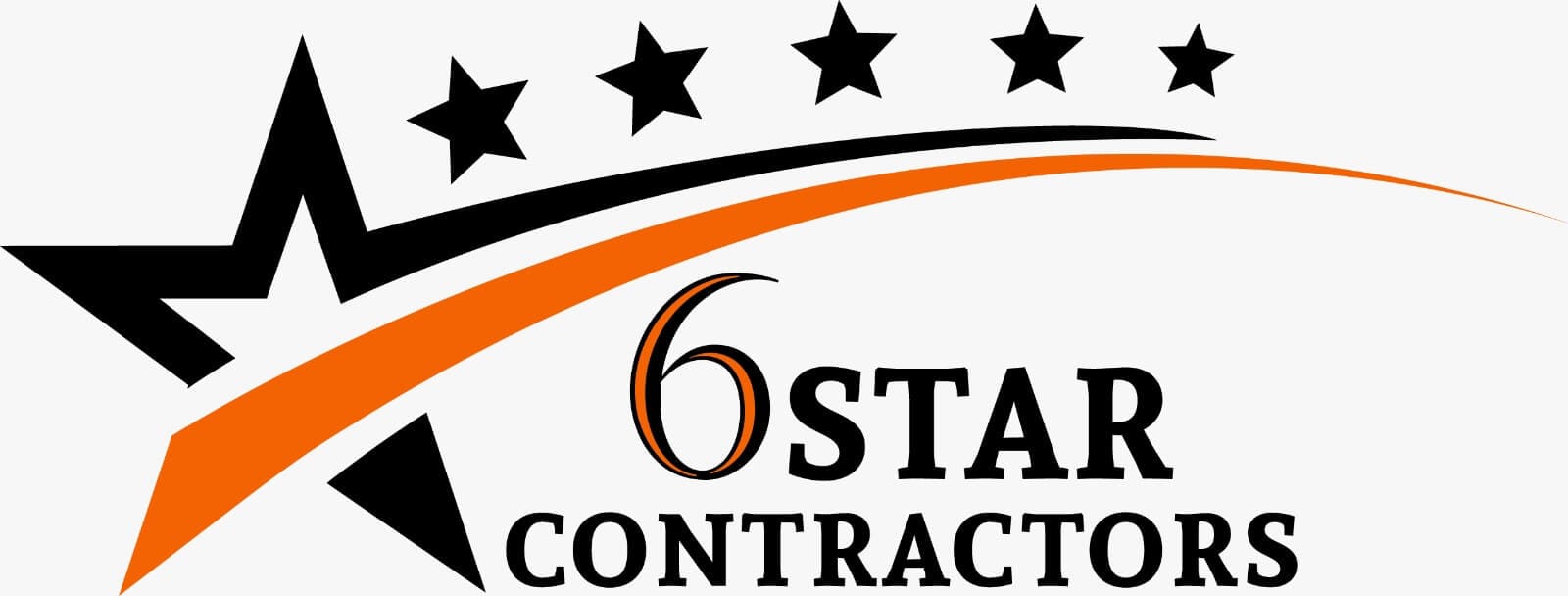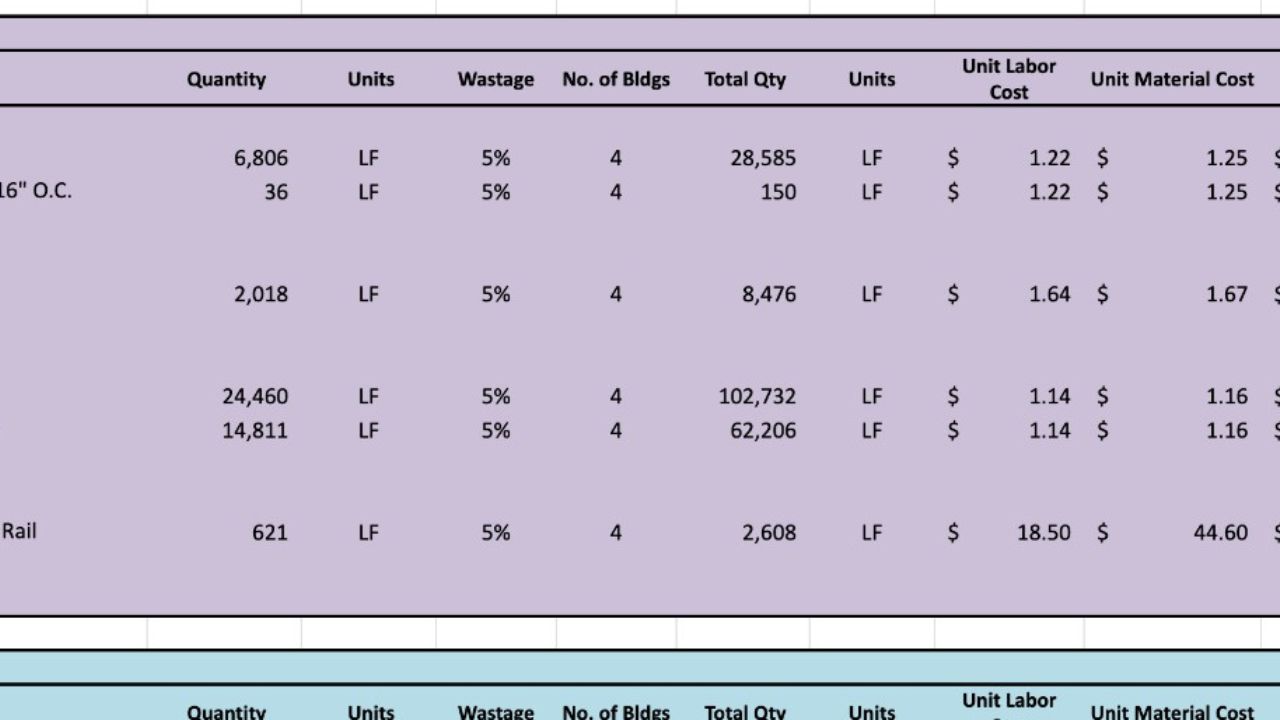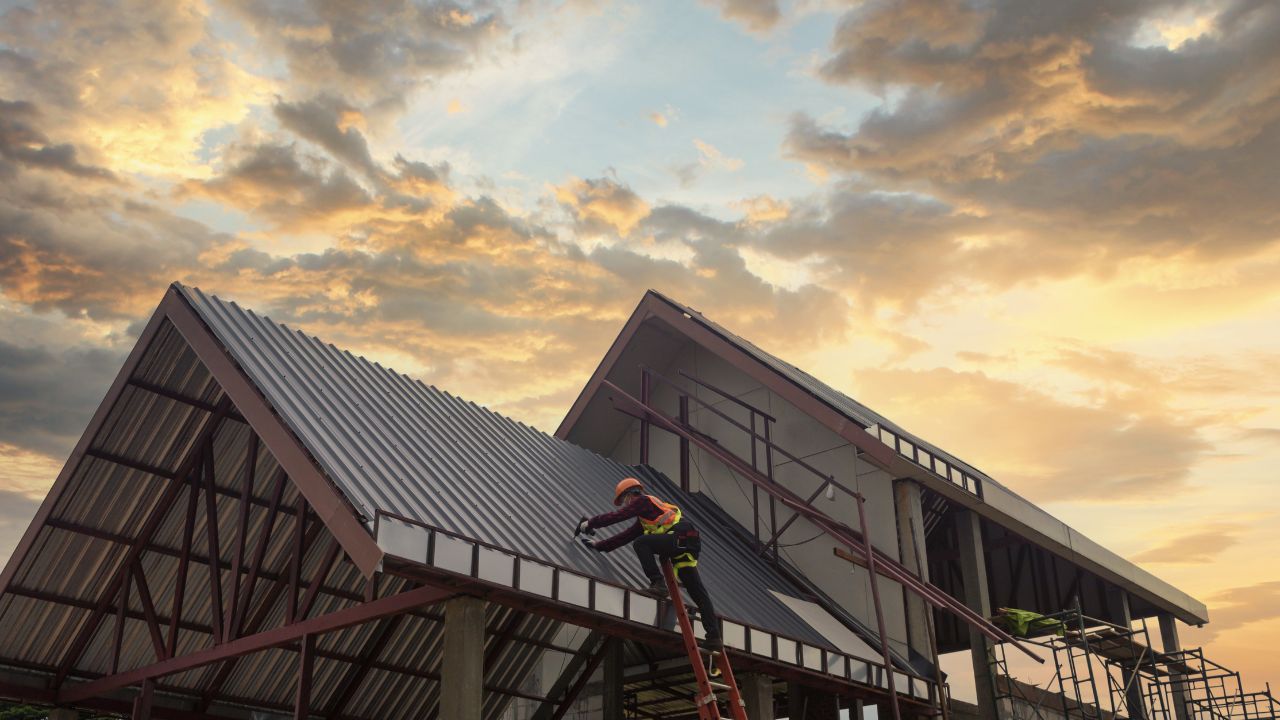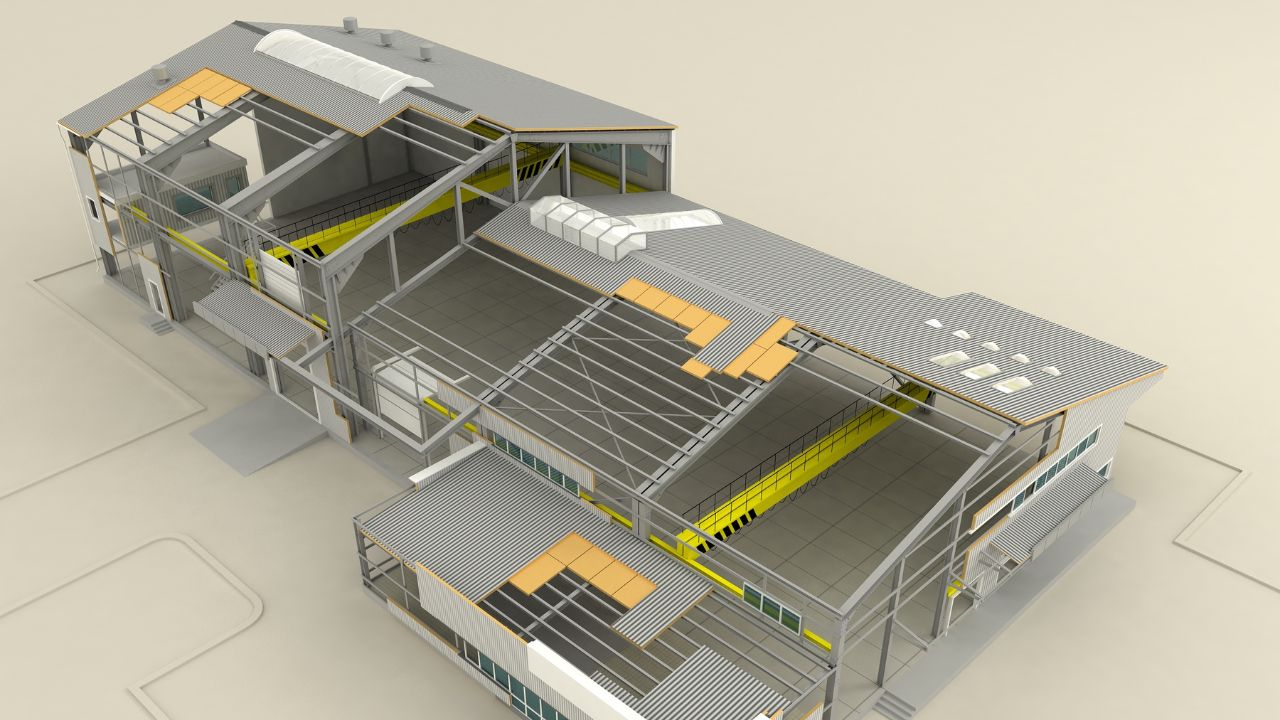New Roof Cost Estimator
When it comes to home improvement projects, one of the most significant investments you can make is replacing your roof. The average roofing project here can cost anywhere from $8 per square foot to $15 per square foot, depending on various factors such as the size of your roof, its steepness, the type of shingles used, any high restrictions, and the complexity of the job. Instead of simply wondering how much it will cost to replace your roof, why not explore a new roof cost estimator to put your mind at ease? In this comprehensive guide, we’ll break down the key aspects of estimating the cost of a new roof, ensuring you can plan your roofing project with confidence.

Understanding Roofing Costs
Roofing Cost Factors
Before diving into the specifics of estimating your new roof cost, it’s essential to understand the factors that influence it. These include:
Roof Size
The size of your roof plays a significant role in determining the overall cost. Larger roofs require more materials and labor, which can increase the expenses. For instance, a 2,000 square foot roof will generally cost more to replace than a 1,000 square foot roof.
Type of Shingles
The choice of shingles can vary greatly in cost. Traditional asphalt shingles are budget-friendly and readily available, making them a popular choice. However, premium materials like metal or slate are more expensive due to their longevity and durability.
High Restrictions
If your home has unique features like chimneys, skylights, or multiple roof levels, these may require more time and effort to roof around, contributing to higher costs. Roofers need to be careful and precise when working around such high restrictions.
Complexity of the Job
Complex roof designs, intricate detailing, or additional features like multiple valleys and dormers can add complexity to the project. This complexity translates into additional labor and materials, increasing the overall cost.
Roof Deck Condition
The condition of your roof deck, the structural base beneath the shingles, can also affect costs. If there is extensive damage or rot, it may need repairs or replacement before a new roof can be installed.
Roofing Material Options
Understanding the different roofing materials available is crucial when estimating costs. Here are some common options:
Asphalt Shingles
Asphalt shingles are the most popular choice due to their affordability and ease of installation. They come in a variety of styles and colors, making them a versatile option for most homeowners. Asphalt shingles have a lifespan of 15 to 30 years.
Metal Roofing
Metal roofing is known for its durability and energy efficiency. It can last much longer than asphalt shingles and is environmentally friendly due to its recyclability. However, metal roofing is more expensive to install. It can have a lifespan of 40 to 70 years or more.
Wood Shakes
Wood shakes provide a classic, rustic look, but they may require more maintenance compared to other materials. Regular sealing and treatments are necessary to prevent rot and decay. Wood shakes typically last 20 to 40 years.
Slate Roofing
Slate roofing offers unmatched elegance and longevity, making it a premium choice. A well-maintained slate roof can last over a century, but it comes at a high price and requires skilled installation.
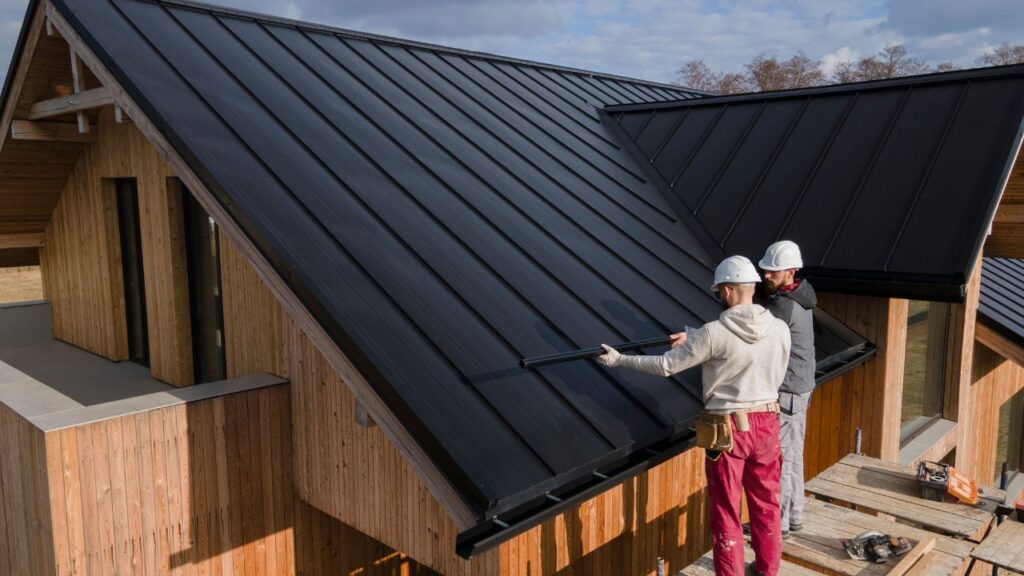
Roofing Labor Costs
Labor costs can vary based on factors such as location, labor availability, and the complexity of the job. Roofing is skilled labor, and experienced roofers charge accordingly. Labor costs may also include factors like insurance and equipment, which should not be overlooked.
Location
Labor costs are influenced by the local job market and living expenses. Urban areas and regions with higher costs of living may have higher labor rates for roofing projects.
Labor Availability
The availability of skilled roofing labor in your area can impact labor costs. Areas with a shortage of experienced roofers may have higher labor rates.
Insurance and Equipment
Roofing companies need to carry insurance for their workers, which can add to the overall project cost. Additionally, specialized equipment, such as safety harnesses, scaffolding, and disposal bins, can increase labor costs.
How much does it cost to build a commercial building?
The average commercial construction cost in the United States is around $530 per square foot. However, the price can range from as little as $90 to over $1,300 depending on the building type and location.

Using the New Roof Cost Estimator
How to Use the Estimator
Using a new roof cost estimator is a straightforward process:
Input Your Roof's Dimensions
You’ll typically need to provide the square footage of your roof. If you’re not sure, you can measure it or consult a professional. Accurate measurements are essential for a reliable estimate.
Select Shingle Type
Choose the type of shingles you want for your roof, which will impact the cost. The estimator will calculate the quantity of materials needed based on your selection.
Specify Roof Pitch
Indicate the steepness of your roof, which is measured in terms of pitch. Steeper roofs require more time, labor, and safety precautions.
Add High Restrictions
If you have any high restrictions, such as chimneys or skylights, input the details. The estimator will account for additional time and materials needed to work around these features.
Assess Complexity
Describe any unique features or complexities of the job, such as multiple roof levels or intricate architectural elements. The more complex the job, the higher the cost.
Get Your Estimate
Once you’ve filled in the required information, the estimator will provide you with a rough estimate for your new roof. Keep in mind that this is just a starting point and should be validated by a professional roofer.
The Importance of Professional Quotes
While a new roof cost estimator can give you a ballpark figure, it’s essential to note that these estimates are not set in stone. For a precise quote, it’s always advisable to consult with professional roofing contractors. They can assess your specific needs, inspect the condition of your existing roof, and provide you with an accurate cost estimate that accounts for local labor rates, material availability, and other unique factors.
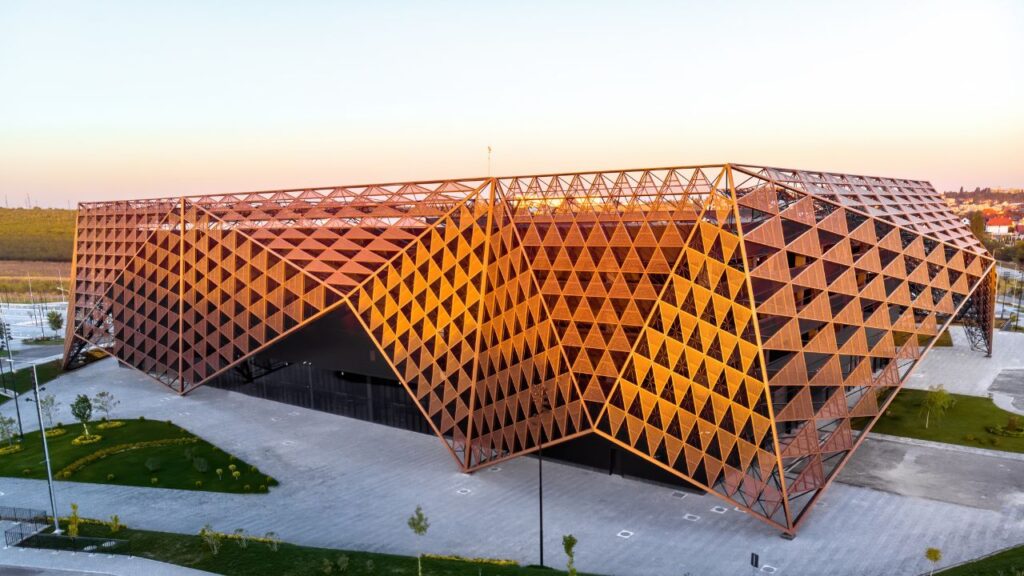
Financing Your Roofing Project
Roofing Financing Options
Roofing projects can be a significant financial undertaking. Here are some financing options to consider:
Home Equity Loans
Using the equity in your home can provide you with the necessary funds for your roofing project. Home equity loans typically offer lower interest rates compared to unsecured loans. They are a secured loan, which means your home is used as collateral.
Roofing Company Financing
Many roofing companies offer financing options to help homeowners manage the cost of their roofing projects. These financing plans may come with special terms and rates, making them a convenient choice for financing your project.
Personal Loans
You can explore personal loans from banks or credit unions to cover your roofing expenses. Personal loans may offer more flexibility in terms of loan amount and repayment terms, but they are typically unsecured loans.
Government Assistance
In some cases, government programs or tax incentives may be available to help homeowners with the cost of roofing projects. Research local programs and subsidies that could apply to your situation. These incentives may encourage the use of energy-efficient or environmentally friendly roofing materials, reducing the financial burden.
Energy-Efficiency Programs
Some local and federal programs offer financial incentives for homeowners who choose energy-efficient roofing materials. These incentives can help offset the initial cost of more expensive but eco-friendly options.
Tax Credits
Depending on your location, you may be eligible for tax credits when installing certain roofing materials, particularly those that improve energy efficiency. Research federal and state tax credits that may apply to your roofing project.
Maintenance and Longevity
Extending Roof Lifespan
To get the most out of your investment, it’s essential to consider roof maintenance:
Regular Inspections
Regular inspections can help identify issues early and prevent costly damage. It’s recommended to have your roof inspected at least once a year, especially after severe weather events. A professional inspection can spot minor issues before they turn into major problems.
Cleaning Debris
Keeping your roof free of debris, such as leaves and branches, can prevent water pooling and deterioration. Clogged gutters and downspouts can lead to water damage, so regular cleaning is essential. It’s a simple maintenance task that can save you from costly repairs.
Timely Repairs
Addressing small issues promptly can prevent them from becoming more extensive and expensive problems. Leaks, loose shingles, or damaged flashing should be repaired as soon as they are detected. Neglecting these issues can lead to more significant damage and higher costs in the long run.
Conclusion
Replacing your roof is a significant investment in your home, and it’s crucial to have a clear understanding of the costs involved. Utilizing a new roof cost estimator can provide you with an initial estimate to help you plan and budget for the project. However, it’s equally important to consult with experienced roofing professionals to ensure you receive an accurate quote tailored to your specific requirements. By following these steps and considering all the factors that influence roofing costs, you can embark on your roofing project with confidence.
FAQs
New roof cost estimators provide ballpark figures, but they may not account for all variables. For precise estimates, it’s recommended to consult with professional roofing contractors who can assess your specific needs.
Asphalt shingles are typically the most budget-friendly roofing material. However, it’s essential to consider longevity and climate when making your choice. They offer a good balance between cost and durability.
The duration of a roofing project varies depending on factors like size, complexity, and weather conditions. On average, it can take a few days to a couple of weeks. Larger or more complex projects may take longer.
Yes, many roofing companies offer financing options to help homeowners manage the cost of their roofing projects. It’s advisable to inquire with your chosen contractor about available financing plans and terms.
Regular inspections and minor repairs are essential to prolong the lifespan of your new roof. It’s also a good practice to clean debris, check for any signs of damage periodically, and keep your gutters clear of debris to prevent water damage. Proper maintenance can extend the life of your roof and save you money in the long term.
Process To Get New Roof Cost Estimate Report
Here I am going to share some steps to get your new roof cost estimate report.
-
You need to send your plan to us.
You can send us your plan on info@estimatorflorida.com
-
You receive a quote for your project.
Before starting your project, we send you a quote for your service. That quote will have detailed information about your project. Here you will get information about the size, difficulty, complexity and bid date when determining pricing.
-
Get Estimate Report
Our team will takeoff and estimate your project. When we deliver you’ll receive a PDF and an Excel file of your estimate. We can also offer construction lead generation services for the jobs you’d like to pursue further.
Google Reviews

